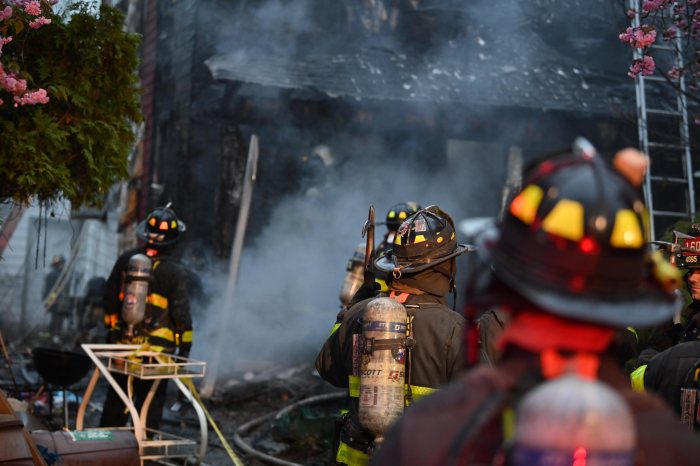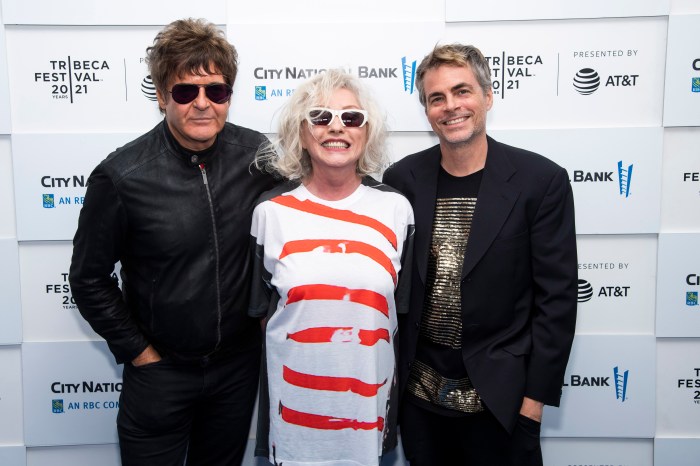By George H. Tsai
The Lunar New Year is just around the corner. Chinese people all over the world will celebrate it with jubilance and feast. It’s the year of the Horse beginning Feb. 12. It’s also year 4699 by the lunar calendar.
Why do we write about the biggest Chinese event every year? Well, China is one of the oldest countries in the world. People want to know its mystic culture and tradition in observing the Lunar New Year.
Since the establishment of diplomatic relations between the United States and China in 1972, thousands of Chinese intellectuals have come to this country seeking to achieve their academic goals, and a majority of them have chosen to stay here upon the completion of their studies.
Despite geographical differences, they will celebrate the Lunar New Year here with as much enthusiasm as those in their native country. So you will soon feel the festive atmosphere permeating Queens, especially Flushing which is fraught with Chinese stores and restaurants.
Queens perhaps has more Chinese immigrants than any other part of the country in terms of population density. In Flushing alone there are an estimated 70,000 Chinese, including those from Hong Kong and Taiwan. There are also many Koreans and Vietnamese in this booming metropolis. They, too, celebrate the Lunar New Year or “Guo Nian.”
Flushing is replacing Chinatown in lower Manhattan as the vibrant center for new Asian immigrants. Each year Chinese, Korean and other groups in Flushing would hold a parade featuring dragon performances and lion dances to highlight the occasion.
People in China just cannot wait for this big festival and the 15-day holiday they have to celebrate it. The Beijing regime hopes its people will take advantage of the long holiday to go shopping and to travel as an effort to stimulate its economy.
The Lunar New Year is also known as the Spring Festival because it starts from the beginning of spring in accordance with the lunar calendar.
The word Nian, which in modern Chinese means “year,” was originally the name of a monster beast that started to prey on people the night before the beginning of a new year.
One legend has it that the beast had a very big mouth and would swallow many people with one bite. People were very scared. One day, an old man came to their rescue, offering to subdue it. To Nian, he said, “I am told that you are very capable, but can you swallow the other beasts of prey on earth instead of people who are by no means your worthy opponents?” So, the beast did what the old man asked.
After that, the old man disappeared riding the beast. He turned out to be a god. Now that Nian was gone, people began to enjoy their peaceful life. Before the old man left, he told people to put up red paper decorations on their windows and doors at each year’s end to scare away Nian in case it sneaked back, because red is the color the beast feared the most.
From then on, the tradition of observing the conquest of Nian is carried on from generation to generation. The word “Guo” has both the meaning of “pass over” or “observe.” The combination of the two words “Guo Nian” means “Survive the Nian” or “Observes the (New) Year.”
Days before the New Year, every family is busy giving its house a thorough cleaning, hoping to sweep away all the ill fortune in the family to make way for the wishful good luck. No sweeping is allowed on New Year’s Day for fear it may sweep away good luck. Besides, people decorate their windows and doors with red-paper cuts and couplets with the popular theme of “happiness, wealth and longevity.”
The high point of the celebration is that all family members come together on New Year’s Eve and share a sumptuous dinner. After that, children get cash gifts wrapped up in small red-paper envelopes from their parents and other elders. Then the family sits up for the night, with lights on in every room, playing mahjongg and dominoes or, in modern times, watching TV programs dedicated to the occasion. At midnight, they set off firecrackers and clang the gong to usher in the New Year.
Following the noisy midnight celebration, the family starts out at dawn to exchange greetings with relatives and neighbors. Children in their best will get more red-paper envelopes during a round of greetings, which lasts a week or so.
The New Year mood ends with the celebration of the Festival of Lanterns on the 15th day. It is an occasion of colorful lantern shows.
































